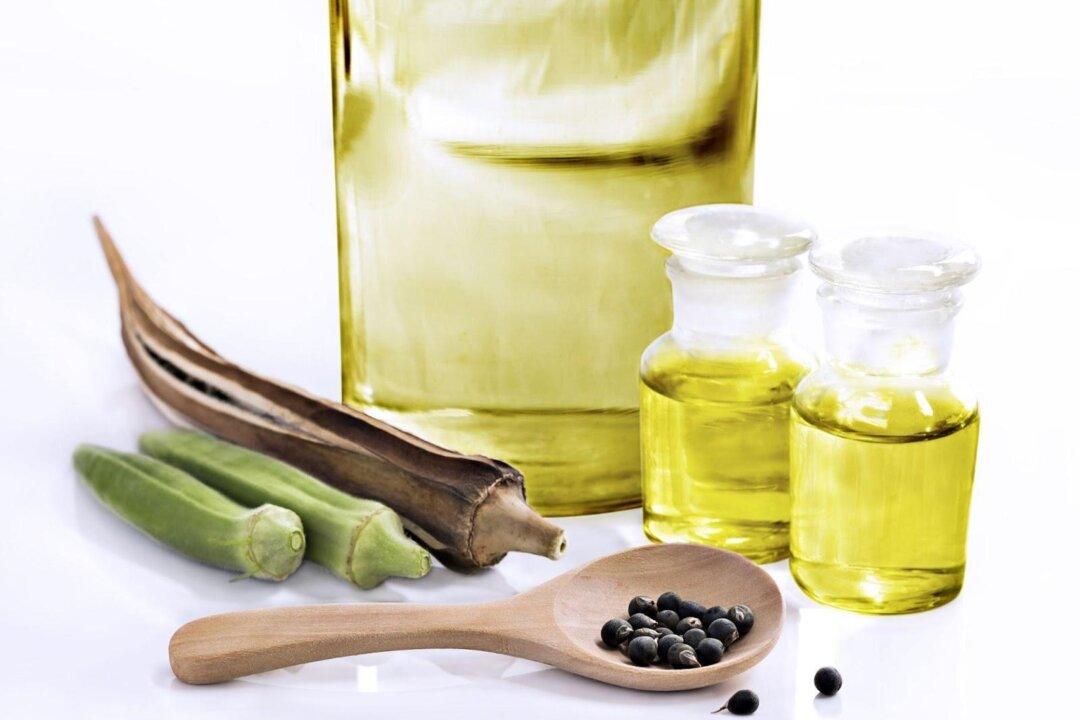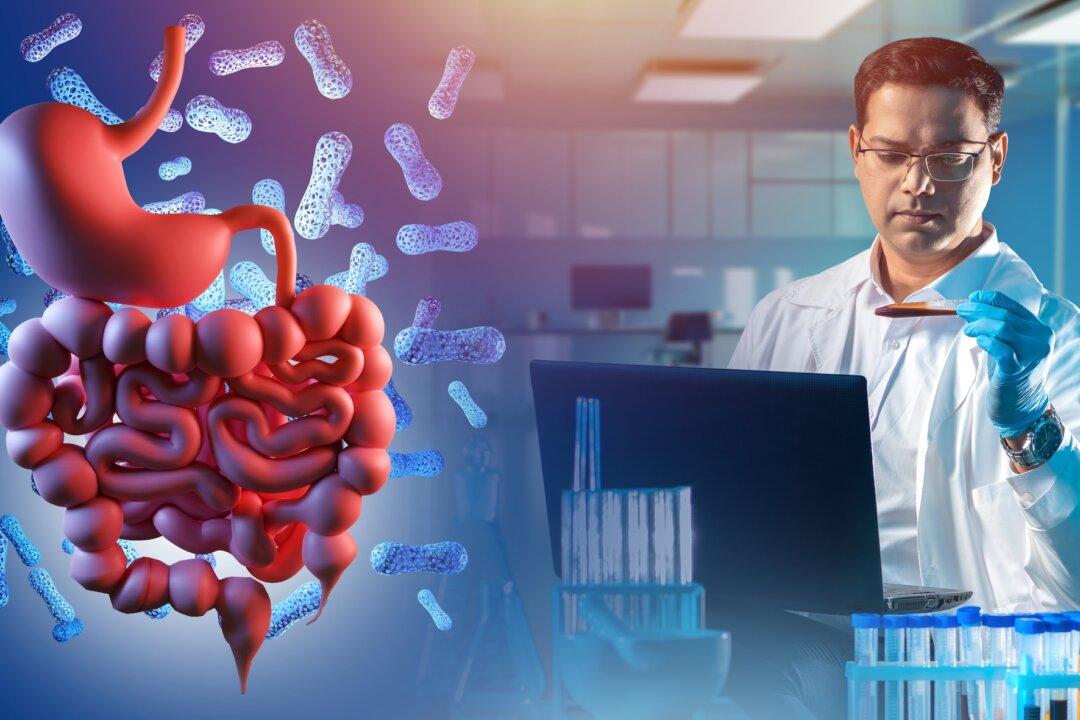Fortunately, there is also growing evidence that combining acupuncture with Chinese herbal medicine can offer a new approach to aid in the prevention of strokes and lowering high blood pressure.
Increased Risk of Stroke After COVID-19 Infection
A review article published in the American Journal of Preventive Cardiology in September 2020 stated that in the United States, strokes in young adults (defined in the report as individuals between 18 and 44 years of age) account for approximately 10 to 15 percent of all strokes.A Quick Guide to Identifying Stroke and Seizing the Golden Treatment Window
Every minute counts after a stroke. According to the CDC, understanding the warning signs and symptoms of a stroke can help you or someone you know to act quickly and seize the “golden treatment window.” Identifying and diagnosing a stroke within three hours of the first symptom can reduce the risk of long-term damage to the patient’s physical functions.- F (Face drooping): Is there facial drooping on one side of the face or numbness? Check for symmetry of the smile and see if there is any drooping of the mouth.
- A (Arm weakness): Is there sudden weakness or numbness in one arm or leg? Check by asking the person to lift both arms and see if one arm is difficult to raise or drifts downwards.
- S (Speech difficulty): Is there sudden difficulty speaking or slurred speech? Ask the person to say “hello” and see if they can speak clearly.
- T (Time): Call 911 immediately if you notice any of the above symptoms. This allows medical professionals to start lifesaving treatment while en route to the emergency room.
Integrating Eastern and Western Medicine to Prevent and Treat Stroke
The American Stroke Association states that 80 percent of strokes are preventable.Moxibustion on Zusanli and Juegu Acupoints to Reduce Blood Pressure the Prevention of Stroke
Yang Jizhou, an acupuncturist from the Ming dynasty, wrote extensively on the prevention and treatment of stroke in his work, “The Great Compendium of Acupuncture and Moxibustion.”The ancient text noted that warning signs may precede a stroke and that a combination of moxibustion therapy and Chinese herbal medicine can be used to prevent and treat strokes.
According to Yang Jizhou’s writings, one may experience recurring soreness, heaviness, and numbness in the lower legs (calves) one to four months before a stroke, and these symptoms usually persist for a long time before subsiding.
In traditional Chinese medicine, illnesses are attributed to imbalances in six factors, namely wind, cold, summer-heat, dampness, dryness, and fire. Stroke is believed to be associated with “wind,” which can be expelled from the body through acupuncture and moxibustion.

The book also mentioned that the best time for moxibustion on the zusanli and juegu acupoints is during the spring-to-summer and summer-to-autumn transitions. Regular moxibustion, even to the point of causing scarring, can yield optimal results. The book also pointed out that preventing and treating strokes requires moderation in diet, lifestyle, and daily habits. Unfortunately, some people tend to ignore dietary restrictions and may even indulge excessively in alcohol and other pleasures, which can increase the risk of stroke.
A popular TCM saying is: “If you want to be healthy, never let your zusanli acupoint go dry.” This means that in order to maintain good health, it is recommended to regularly perform moxibustion on the zusanli acupoint until it produces blisters with blood, pus, and fluid.
Individuals who regularly perform moxibustion on the zusanli and juegu points are less susceptible to age-related conditions such as hypertension and diabetes. In the past, I used to teach acupuncture to my students. One of them excelled at the technique and performed moxibustion on a friend with persistent high blood pressure, to the point of causing scarring and even bleeding. After the treatment, the friend’s blood pressure returned to normal, demonstrating the significant blood pressure-lowering effect of moxibustion on the zusanli point.
Moxibustion on the zusanli acupoint is particularly beneficial for elderly individuals who consume alcohol regularly, as it can reduce the risk of developing hypertension and prevent sudden stroke.
5 TCM Methods for Preventing and Treating Stroke
In addition to aiding in stroke prevention, traditional Chinese medicine has extensive experience in stroke first aid. Below are five stroke first aid methods, and with the proper techniques, we can potentially save ourselves or others facing a stroke.1. Treating a Sudden Stroke With a Simple Sneeze
According to the traditional Chinese medical compendium, the Imperially Commissioned Golden Mirror of the Orthodox Lineage of Medicine, one method for treating the sudden onset of a stroke is to use Tong Guan San powder. This involves blowing the powder into the nostrils of the patient, which can cause them to sneeze. The ingredients in Tong Guan San can create an itching sensation in the nose, prompting the patient to sneeze and potentially restore consciousness.2. Quick Stroke Rescuing With One-Finger Technique
One effective method for treating stroke patients who have lost consciousness is to apply pressure to the renzhong acupoint, also known as the shuigou point in traditional Chinese acupuncture. This acupoint is located at the midpoint of the philtrum, which is the groove between the nose and upper lip. It is highly innervated and pressing on it can be extremely painful.3. Bloodletting on 10 Fingers for Stroke Emergency
Other stroke emergency treatment methods include “Shi Xuan Fang Xue,” which involves bloodletting on the ten fingertips, and “Shi Er Jing Fang Xue,” which involves bloodletting on the twelve jing-well points on the hands. According to TCM, meridians are the channels for the body’s energy circulation, connecting the internal organs to the limbs, and jing-well points refer to the acupoints located at the extremities of the limbs.4. Performing Moxibustion on 7 Acupoints for Sudden Stroke
The Great Compendium of Acupuncture and Moxibustion also mentioned that there is a way to rescue someone in the event of a sudden stroke, which is to perform moxibustion on seven specific acupoints: two sanli acupoints, two juegu acupoints, one baihui acupoint (as shown in the figure), and two acupoints located at the anterior ear (as shown in the figure). Additionally, ancient practitioners also recommended a technique called cross-lateral moxibustion, which involves applying moxibustion on the opposite side of the affected limbs. For example, if the left limbs are affected, moxibustion should be performed on the right side, and vice versa for the right limbs.

5. Using Banxia Baizhu Tianma Decoction to Prevent Secondary Stroke
Individuals with a history of stroke can take Banxia Baizhu Tianma Decoction to prevent a secondary stroke. Additionally, those who experience poor blood circulation to the brain, low blood pressure, or afternoon fatigue and confusion can also benefit from taking this decoction.Banxia Baizhu Tianma Decoction can help eliminate phlegm and tonify qi (vital energy). The phlegm-eliminating action helps to remove fats from the blood, thereby preventing further increase in blood pressure. On the other hand, it can also raise blood pressure in individuals with low blood pressure. However, it is crucial to consult a doctor for the appropriate dosage as it varies based on individual conditions, and self-medication is not advised.
*Some herbs mentioned in this article may be unfamiliar, but they are generally available in Asian supermarkets.




